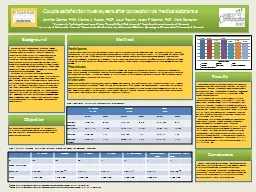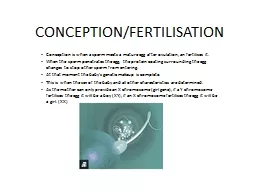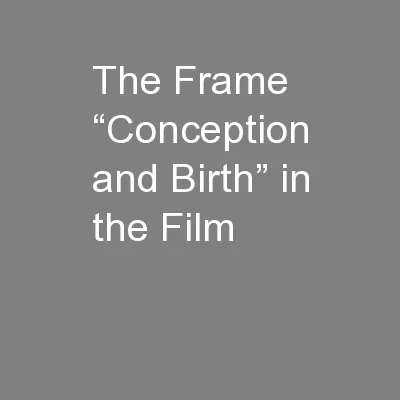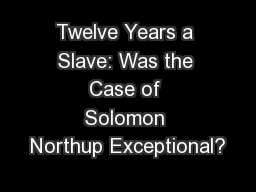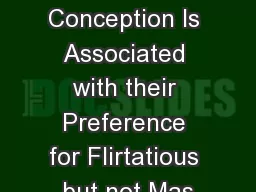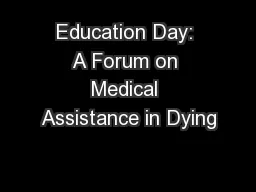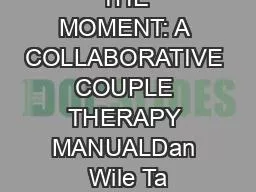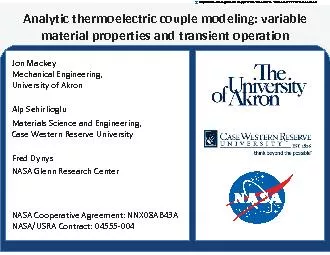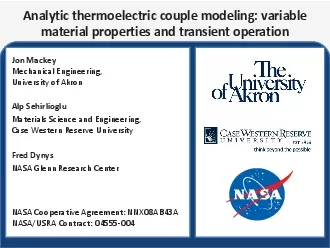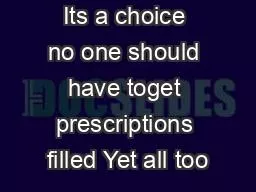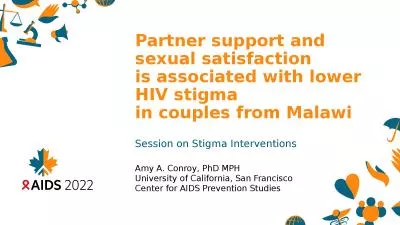PPT-Couple satisfaction twelve years after conception via medical assistance
Author : celsa-spraggs | Published Date : 2019-06-21
Jennifer Connor PhD a Martha A Rueter PhD b Lauri Pasch c Ascan F Koerner PhD d Mark Damario e a Community Psychology Counseling and Family Therapy St Cloud
Presentation Embed Code
Download Presentation
Download Presentation The PPT/PDF document "Couple satisfaction twelve years after c..." is the property of its rightful owner. Permission is granted to download and print the materials on this website for personal, non-commercial use only, and to display it on your personal computer provided you do not modify the materials and that you retain all copyright notices contained in the materials. By downloading content from our website, you accept the terms of this agreement.
Couple satisfaction twelve years after conception via medical assistance: Transcript
Download Rules Of Document
"Couple satisfaction twelve years after conception via medical assistance"The content belongs to its owner. You may download and print it for personal use, without modification, and keep all copyright notices. By downloading, you agree to these terms.
Related Documents

